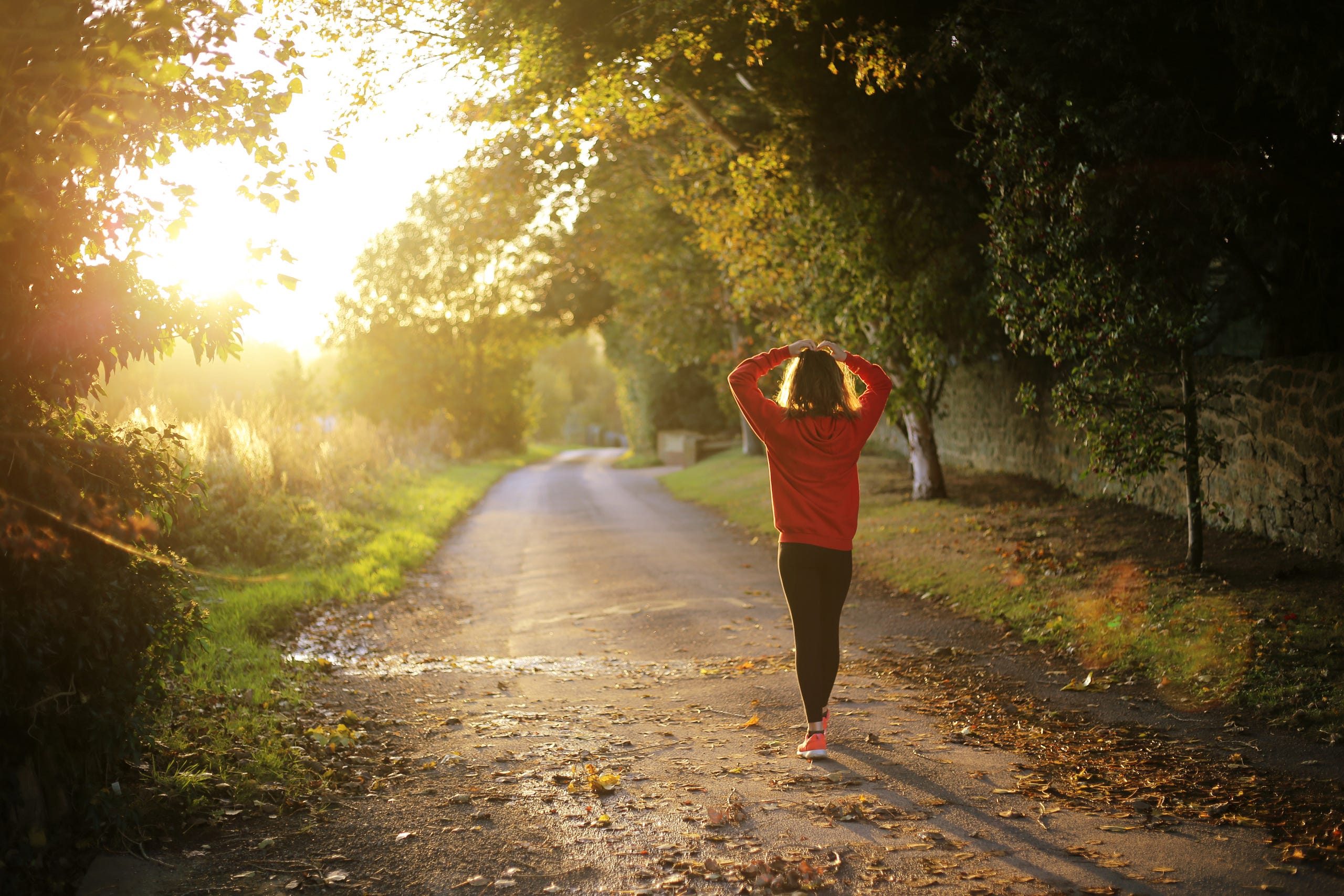
Seventy is the new Fifty. Or so they say.
The problem with this is that there is an implicit promise that simply by being seventy, you’ll have the energy of a sprightly fifty-year-old.
Let’s be clear. I’m four years from the big 7–0. So this conversation really hits home. For my part, I hit the gym pretty hard, work out hard and discipline my diet. Wasn’t always that way. I was well into my thirties before I redirected the lifestyle. However.
There aren’t a whole lot of folks signing up for this lifestyle (goody, more stairs for me!). Nor do you have to in order to have improved quality of life.
What I am saying is that a better version of any one of us is available- and it probably doesn’t take near as much work as you might think it will. Once we get past the conceit that age, any age, is the only determinant, we can get down to work.
However, let’s also be clear about this:
If the words discipline and dedication conjure up endless hours at the gym then please take a deep breath. They don’t need to. There are gobs of ways to get fitter, feel better and elongate a life than simply punching iron. That work is multifaceted. It begins with what you eat, which is about 85% of what we look like and how we feel.
Fitness, however, is heavily driven by movement.
I am not talking about occasionally rolling over and restuffing your pillows. This is get up, preferably outside, and get breathing a touch harder.
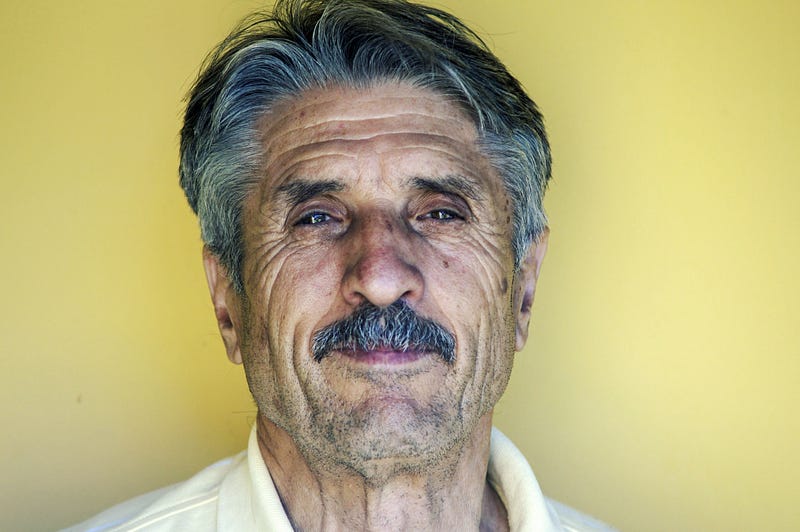
That said, let’s tell the truth about turning fifty in America. Today’s America. There is evidence that cognitive decline as well as functional decline (the ability to bathe, feed ourselves, dress, etc) are on the rise, even in younger populations, between 50–64. They are expected, although certainly don’t have to be guaranteed, for 65 and up. What is troubling is that increasingly people as young as fifty are having difficulty with the absolute basics of bathing, feeding, walking across the room.
My mother was in her eighties before she started having trouble walking across the room. This is a scary trend.
Worse, above 65 the decline rises. Factors such as poverty, low education and other environmental stressors can exacerbate those issues. Gender isn’t that much a differentiator except that women present with more depression. I’d be depressed too, if most of the folks on dating sites are disabled. In fact, I am depressed about it. In part, because a good part of this is indeed reversible.
Obesity, obesity-related illnesses, polypharmacy, a sedentary lifestyle and a host of other problems cut life short, cause early-onset dementia loss of life far too young. We know this already.
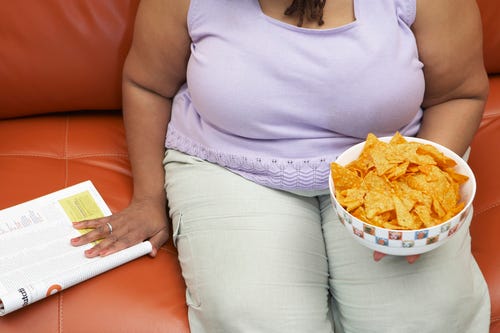
Yet still we sit on the couch. The heaviest thing too many of us lift all day is the remote. Or, a bowl of Doritos.
I often get strongly-worded, angry messages when I write about fitness later in life. Some folks are far more invested in their illness story than in changing their conditions. This is not in any way a harangue about what you have to do. If that’s where you are, kindly, this article is not for you. This is about making a choice to be here for your kids and grandkids, and to open future doors to activities that might currently be closed.
Let me define that. Those doors are closed, but most aren’t padlocked shut. You and I can open them if we’re willing to do some moving, gently at first, and more as it suits our abilities. The point is that regaining or building fitness later in life, even much later in life, isn’t anywhere near as hard as people make it out to be. That’s really good news.
This article is for you if you have been eyeing yourself in the mirror lately, thinking about how long it’s been since you walked or swam or hiked or rode your bike. It is uniquely unkind to look at yourself today while mooning over your lost waistline. To wit: This gramma looks like a gramma. AND she’s an endurance swimmer. She didn’t even start til nearly 60. That’s my point. She’s fit and strong and powerful and healthy. And, I might note, happy.
It’s not about the waistline. It’s about wading in.
My girlfriend Jean fell off the workout wagon a while back, tends to head back to the swim gym and yoga classes in January, then not long afterwards, nothing.
She just wants to be more fit. My fear is that she throws herself into the January insanity far too hard, and it gets both painful and discouraging. Of course it is. Getting back in shape is going to hurt a bit at the beginning. Planning for that, knowing it’s coming, and having those creams and lotions nearby are all part of the process.
Jill’s in excellent company. Life gets in the way of doing the right thing by our bodies. Then all too often, that life can be cut short when we’ve made the decision that self care is just too much trouble and takes too much time.
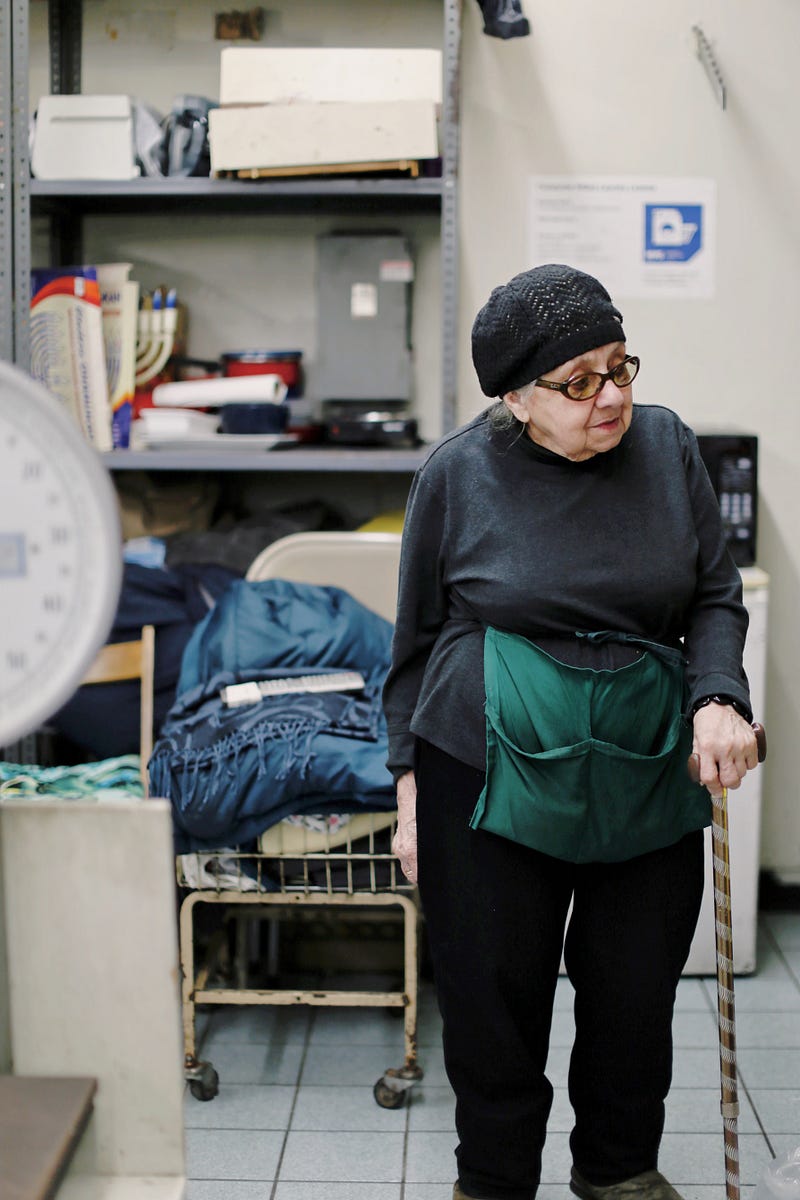
Let’s please take that excuse off the table. Because this article speaks to how little it really takes to get our blood moving, our hearts pumping, without committing ourselves to a Tough Mudder when it’s tough to get off the couch.
I think, if I listen to many of my friends who are close to my age (66), that many have fallen into the trap that says that first, I’m too old and it won’t make any difference anyway ( not true, read on) or second, that I have to be an endurance athlete.
Look, aging IS an endurance sport. It’s already tough. For those concerned about their fitness, there’s great news.
The NIH-AARP Diet and Health Study began in 1995. It looked at hundreds of thousands of folks between 50 and 71. Long story short, the steady lifetime exercisers fared the best. However, those who slacked off, but then started up again in mid-life, received the same relative protection as those who’d never quit.
Even if they’d been idle for two decades.
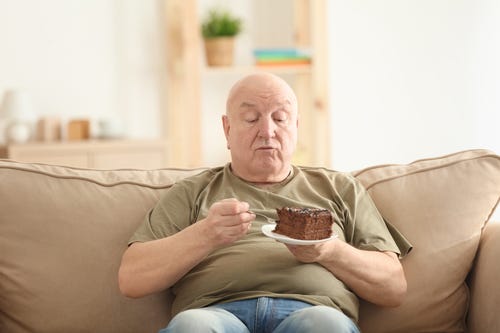
Whether you slack off due to illness, or laziness, or boredom makes no difference. Sometimes we need a break. Then the break busts our routine and it’s devilishly hard to start back up again. The years pile up.
Too many of us assume that we’ll never reap the benefits again.
Look, you may not be able to recapture the body you had. If you and I insist on a lifestyle that rearranges our contours and layers fat on top of muscle that is beginning to slacken, then it would be unreasonable to expect a touch of exercise to restore us to pre-pot belly proportions.
This happened to my aging father. A lifetime smoker and a farmer, he quit smoking in his fifties. Then he turned to candy to stop his craving. A few years later he retired from daily hard labor of the farm, but kept eating as though he was in his flat-bellied, hard-charging twenties. One night at dinner, Dad slapped his considerable belly in perfectly understandable frustration.
“What can I do?” he asked in all sincerity. When I told him what it would likely take for him to regain his fitness and strength, but that there was no guarantee his belly would diminish to his smoking and hard labor days, he shrugged. “Not gonna do it.” Okay, Dad.

Dad had gotten lazy. While his vanity was still intact, he only wanted to exercise if and only if it removed the generous belly that it had taken him two full decades to grow. Not to improve his overall health. Feel good. Have more energy. But that was his choice.
If vanity inspires you to get moving, that’s fine. However, don’t let it hand you a handy excuse to quit when moving pays off in so many other dividends. You might not be able to return to early thirties shape, but you are likely to get your heart back. That’s not a bad trade.
There are some clocks we simply cannot rewind. However, the heart of our health can be jump-started at virtually any age.
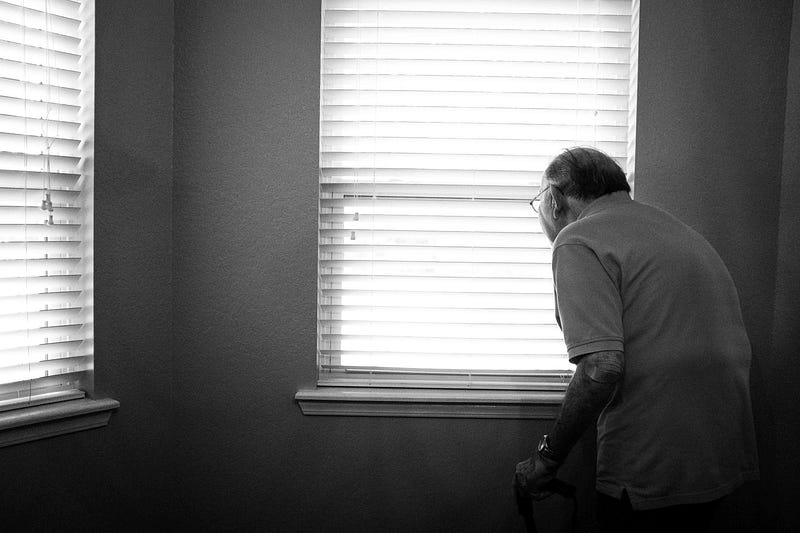
All the people I speak to about these topics tell me that they aren’t going to go out full of tubes. So did my father.
He went out full of tubes.
Nobody but nobody likes to be harangued about getting off the couch. Those of us who do exercise a lot don’t like to be attacked by people who tell us that we have it easy, that we’re lucky, that somehow the body we have late in life doesn’t need constant care and feeding to perform at this level.
The answer for most of us lies in-between. Your sweet spot (not the donut) is somewhere on the bell curve. That means you’re interested in better health on your journey, and will do some exploring to find what works best for you. Find something you can do in your current state, and will do regularly.

Again: not to excess. Excess is uniquely defined by you. Your limit is usually communicated either by some body part’s shrieking in agony or simply falling into a heap and falling asleep in the middle of the Farmer’s Market.
I have been sorely tempted to do just that if I’ve overdone it but usually I can make it to the car before collapsing.
Increasingly we find that small bursts, regular movement, a gentle start, and consistency are far better friends than the guilt-ridden weekend warrior attitude that throws us into the ER with a ruptured Achilles’ heel. It’s simple self care. That there it’s never too late, that there is always hope to improve our overall health and fitness, and that we don’t have to turn ourselves into aging Supermen, is wonderful news.
So, maybe you and I can’t recapture our teenaged waistlines.
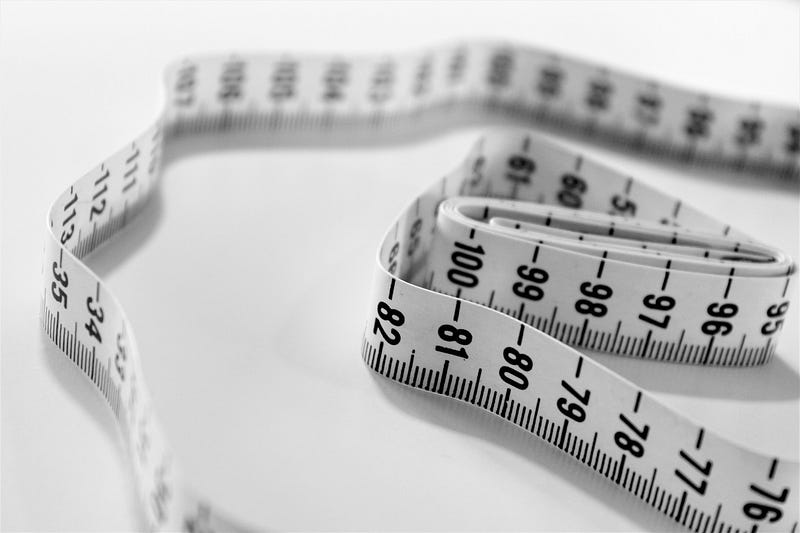
What we can recapture are the benefits, which are considerable, from regular exercise:
- You’re 30–35% less likely to die of any cause and 40% likely to die of a heart attack than consistently inactive people. Note: I didn’t say you wouldn’t die, this is about leaving the playing field before you’re done.
- This also doesn’t say that you have to exercise like a banshee, all day every, which is how some folks like to exaggerate exercise recommendations like a piece of taffy to belabor the point. Something as simple as brisk walk, wheelchair aerobics, swimming, walking the dog at lot faster than a leisurely stroll, gardening and many more options are available. Especially for first timers. All I need to do is hang a Krispy Kreme donut in front of my nose as I walk to double my walking speed.
On the other side, those who were active as teenagers and through their twenties, but never continued ever again, were just as likely as the completely inactive group to die younger. So yes, don’t use it, you will lose it. And your loved ones will lose you.
Start small. Start kindly. Start patiently. Find your funny bone and exercise it often. Such simple things lead to huge improvements at at time when improvements can be hard to come by. Your body will love you back big time.
Comments powered by Talkyard.